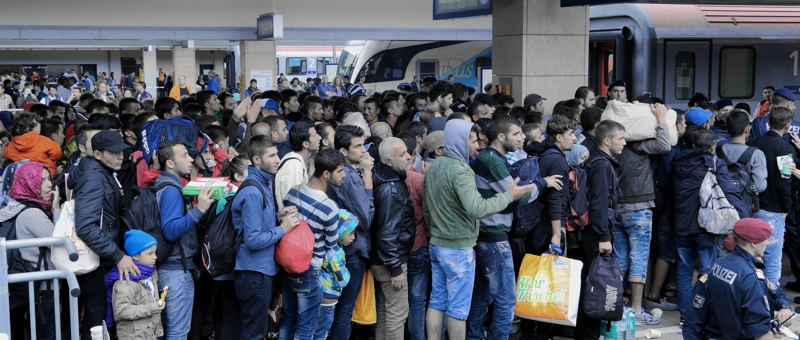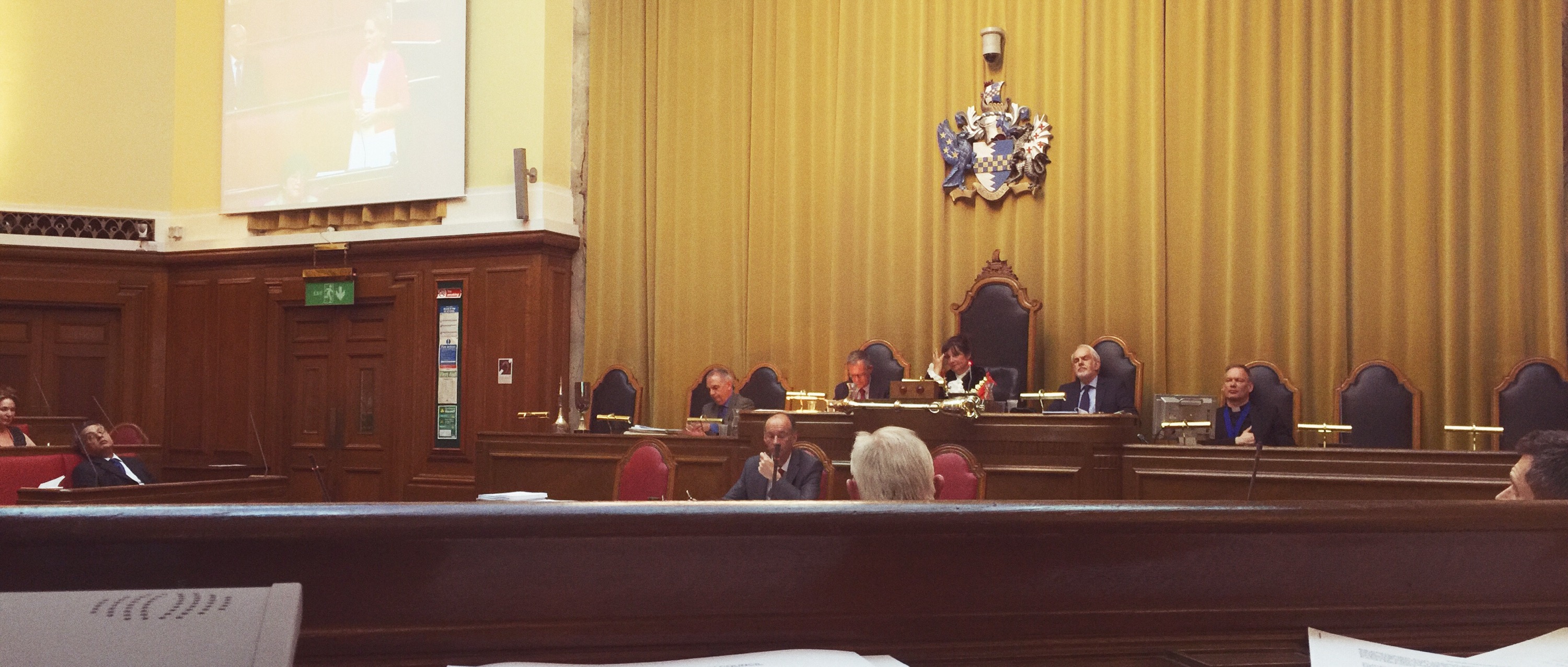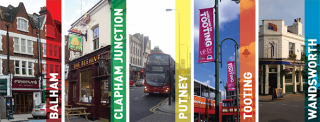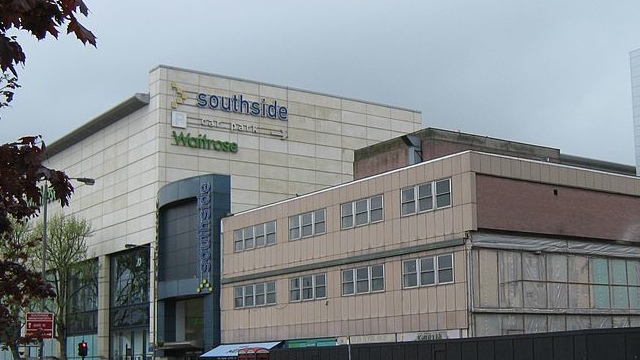The campaign for Wandsworth to accept ten refugees seems woefully inadequate in the light of the scale of the refugee crisis. Even despite that, there are plenty who are arguing against it both locally and nationally, saying we should look after our own people first, that the country is already full or that those finding their way to our shores are motivated by economics not personal safety.
There might be some merit to that first argument. I long ago lost count of the number of people who had approached me as a councillor about their housing application I found myself telling that, however difficult their circumstances, they would have a long wait until they were likely to be at the top of the list.
Equally, the council can argue that it has a tried and tested procedure for assessing the merits of housing applications and that circumventing that would create a dangerous precedent and be unfair to those who were previously on the list. In any case, such a small number is tokenism given the scale of the issue.
Sometimes, though, a symbolic gesture is exactly what is needed. The council may have efficient bureaucratic processes, but it can also show leadership: a gesture, perhaps, but also a strong signal that we don’t simply turn our backs when we can help. That as a borough and a country we are not selfish and we are not full. And that when it really matters we can rise above parochial self-interest and rule-bound processes that so often rail-road our decision-making; to prove that we are not just human, we are also humane.






